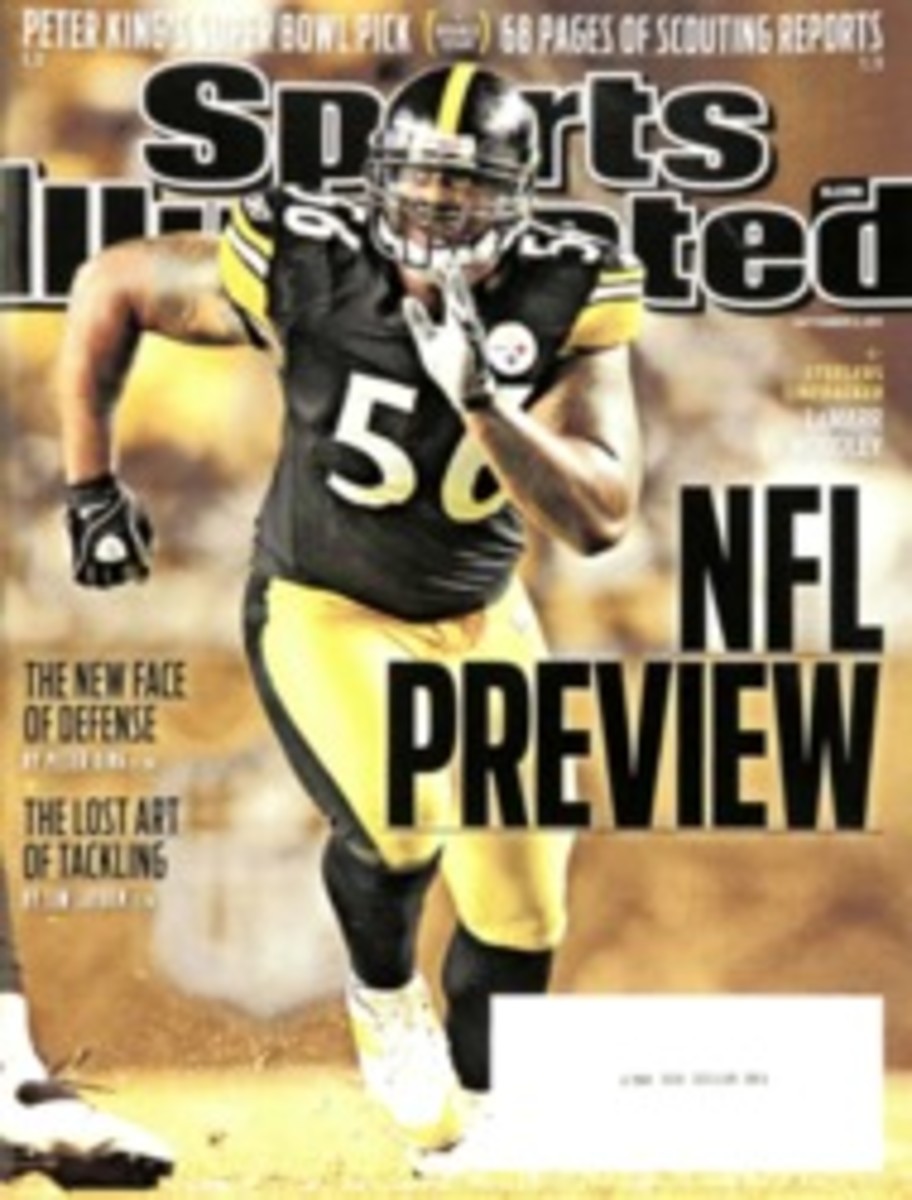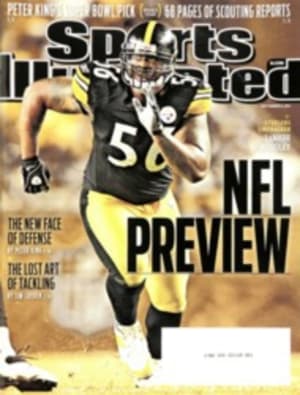
PICKY, PICKY
WITH TURNOVERS AT A PREMIUM, DEFENSIVE BACKS FIND THAT THE KEY TO THE INTERCEPTION IS IN THE DETAILS
For Redskins cornerback DeAngelo Hall, it is the lottery. For Texans quarterback Matt Schaub, it's a test of mental toughness. And for Green Bay safety Nick Collins, it's the reason why the Packers are the defending Super Bowl champions. Few plays have the potential to swing a game's outcome more than an interception. Those are just the cold, hard facts.
In fact, according to the website Cold Hard Football Facts, each interception a team throws reduces its chance of winning by 20%. The analytics site Pro Football Focus notes that in 64% of last season's games, the winning team threw the fewest picks. NFL teams averaged almost exactly one interception per game apiece last season. No two picks, however, are alike.
"From tipped passes to balls coming off the quarterback's hands funny to jumping a route before a receiver turns around—I've never had an interception that's the same," says Hall, who has 32 in seven seasons. "Some are freak-of-nature plays, and some are because of smarts. It just depends on where that ball is."
For the DB, the path from pass to pick starts in the film room, studying opponents' tendencies. What are the common play calls? What are a quarterback's habits when facing third-and-five versus third-and-10? When does a receiver break back on his route, and how many yards does he come back? "Eighty percent of the work is done during the week," says Hall. "There's always going to be a wrinkle that you don't scout for, but you practice for what you think they're going to do. We're going to go with the percentages."
Subterfuge is ever present. An experienced signal-caller will try to confuse secondaries by looking off defenders at the line or having a receiver break back six or seven yards on a comeback route rather than two or three. Green Bay secondary coach Darren Perry instructs his unit—the Packers' 54 interceptions over the past two years are the most in the NFL—to be wary of trickery such as Ben Roethlisberger's pump fakes or Peyton Manning's shifty eyes. Hall still smarts over the fade route the Colts had Pierre Gar√ßon run for a 57-yard score against him last season, rather than the curl that Washington's scouting report suggested was more likely. "Everybody fails at some point," Hall says. "But these guys [on offense] know where they're going. We don't."
Still, clues are abundant. "To make plays on the ball you have to have vision, and if you can't see the quarterback, if you can't see the ball, you're not going to have a chance," says Perry, who played safety for the Steelers and the Saints. "The old saying is that you want to read the eyes of the quarterback. Sometimes you're so far back you can't, but there are tips that let you know when the ball is coming out. A lot comes from his front shoulder, because he can't make a throw if his shoulder isn't pointed in that direction. Some quarterbacks will tip you off with their [nonthrowing] hand coming off the ball before they release. Some pat the ball."
Like an accomplished artist, the elite ballhawk rises above the pack by doing what others don't, or can't, do. "The freedom some players have—the Troy Polamalus, the Ed Reeds—can create problems," says Schaub. "They're going to show you one thing, and then at the snap they're in a completely different part of the field. And they know the [pass-rushers] up front afford them the ability to take chances. That can lead to throwing under duress and making poor decisions."
Collins took advantage of such a blunder in the Super Bowl, when he returned a Roethlisberger pass from the Steelers' seven-yard line down the left sideline for a score that gave the Packers a 14--0 lead in the first quarter. "We knew when Pittsburgh was backed up in their territory they liked to take shots, so we wanted to play deep," says Collins, who has 17 picks over the last three seasons. "Our guys got pressure on Big Ben, and [nosetackle] Howard Green was able to interrupt the throw. All of a sudden the ball is floating in the air. My biggest worry was not to drop it. Things work out when you're in the right place at the right time."
PHOTO
DENNIS WIERZBICKI/US PRESSWIRE
FILM SCHOOLED Though some INTs come down to pure luck, Hall boosts his chances of a takeaway by studying quarterbacks' and receivers' tendencies.

